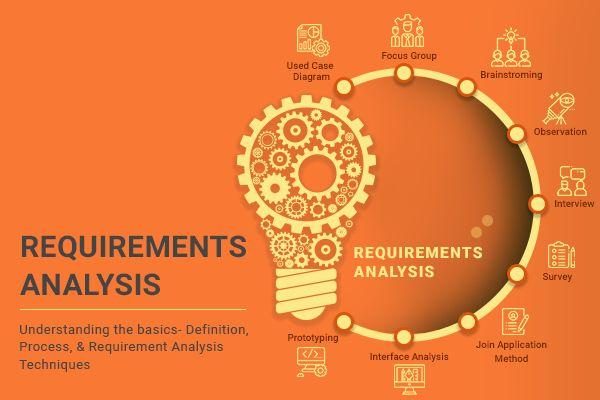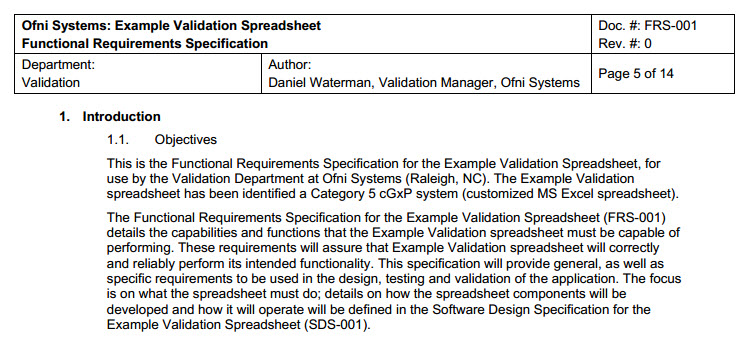

IoT Platforms and SecurityĮven with the recent attention given to security for IoT devices, it can be easy to overlook the need for end-to-end security for an IoT platform. However, even if a platform meets those functionality requirements, there are still important non-functional requirements for an IoT platform. A key IoT platform functionality, therefore, is that it is capable of either incorporating - or offering compatibility with - analytics solutions that will translate significant amounts data into useful and actionable insights. Unlocking those insights, however, requires powerful analytics tools. The vast volumes of data discussed above have the potential to provide unprecedented insights into consumer behavior and preferences.

Functionally, therefore, an IoT platform must be able to support storing massive amounts of data. To give you an idea of just how much data is involved, one estimate foresees the IoT generating around 400 ZB (zettabytes) by 2018. The devices will simply send data, potentially in real-time, for storage and analysis. Typically, there will be no need for human intervention in the process. Through their connection to an IoT platform and to each other, they will transmit detailed data about their actions. In most cases, they will also report on the tasks they perform. IoT Platforms Generate Massive Amounts of Dataĭevices that we discussed above don’t just perform tasks. In essence, the functional requirement for an IoT platform is that it has the ability to manage a heterogeneous set of devices. In addition, IoT wearables of various kinds, like a health-tracking bracelet, can record your health statistics and other data such as your location. IoT actuators perform specific tasks, such as turning things on or off, and recording information about its triggers and subsequent reactions. IoT sensors gather information about conditions in their vicinity, such as temperature or moisture level. The number of devices connected to IoT will soon reach anywhere from 28 billion to 50 billion, depending on who you ask. To achieve these goals, an IoT platform should be compatible with applications specific to your industry.

Functional requirements software#
These software and middleware applications help businesses drive down costs, increase efficiency, and improve regulatory compliance. These applications provide much of the automation capabilities that make IoT solutions so valuable. IoT software applications are emerging for businesses in virtually every industry as well as for home users. Wireless options include ANT+, Bluetooth, EDGE, GPRS, IrDA, LTE, NFC, RFID, Weightless, WLAN, ZigBee, and Z-Wave. The connectivity objective is that an IoT platform support as many modes of connection - wired and wireless - as possible. In addition to Ethernet, IoT devices can connect using a wide variety of other technologies. Probably the most familiar form of connectivity for the internet, and for IoT, is Ethernet. IoT Platforms Require Diverse Connectivity


 0 kommentar(er)
0 kommentar(er)
